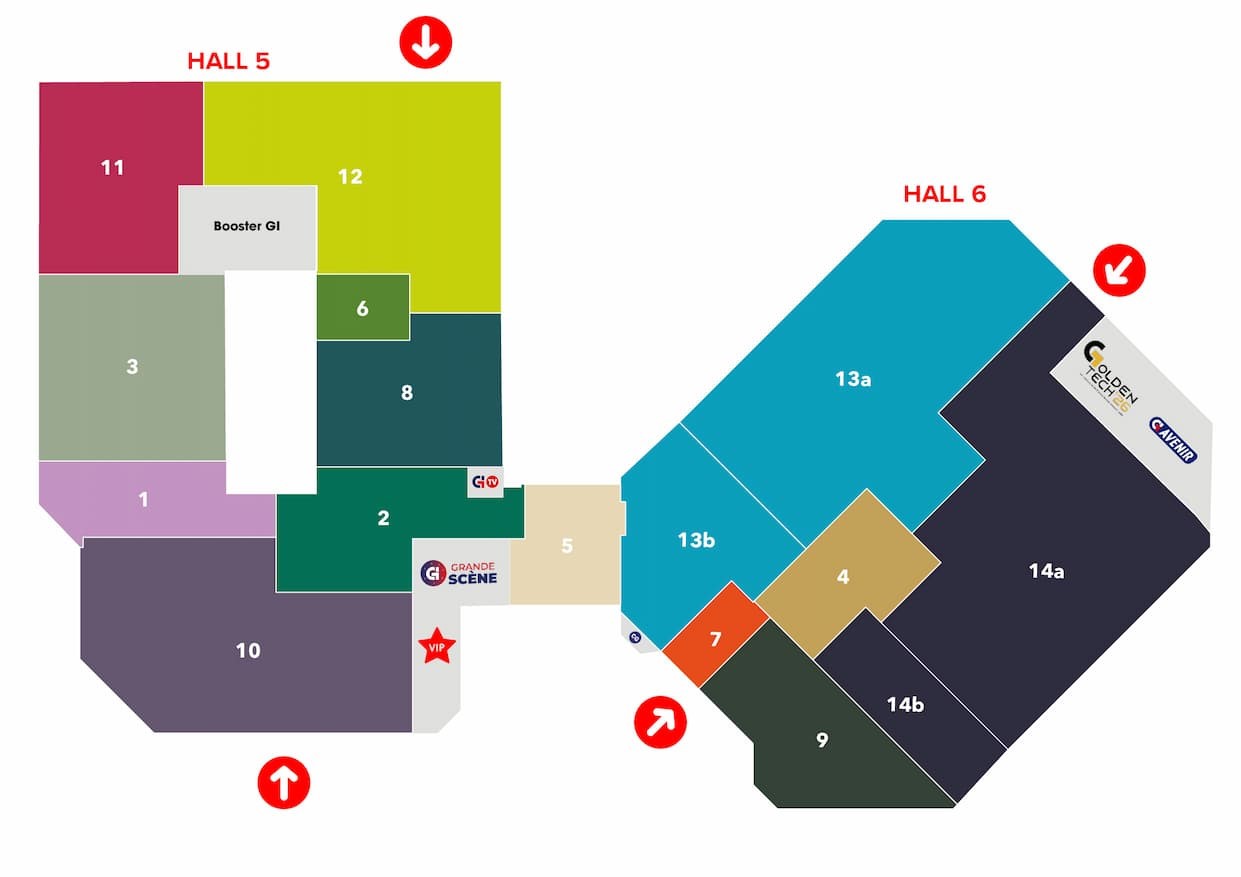
- Homepage
- Our latest news
- How do you find your way around energy and carbon subsidies?
How do you find your way around energy and carbon subsidies?
The energy-intensive manufacturing industry is the fourth largest contributor to greenhouse gas emissions in France, accounting for 18% of emissions in 2019. Numerous subsidies have been put in place to help manufacturers reduce their carbon footprint. It's not easy to keep track! GreenFlex, a consultancy specialising in the energy, environmental and societal transformation of organisations, takes a look at the steps involved in implementing an energy performance or decarbonisation initiative.
‘Manufacturers in the agri-food, chemicals, pharmaceuticals, paper, glass and metallurgy industries can benefit from a wide range of subsidies to help them implement an energy performance or decarbonisation programme,’ prefaces GreenFlex's practical guide to the multitude of subsidies available. We learn that these ‘cover all the stages of an energy performance (consuming less energy) and decarbonisation (emitting less CO₂) approach: inventory, roadmap, technical and economic study, project implementation...’.But how do you find your way around all this aid?Which grant is best suited to the maturity of each company?
The steps to follow...
As a first step, GreenFlex recommends carrying out an inventory of consumption and emissions, identifying the most energy-intensive items and sites in terms of energy consumption and greenhouse gas emissions on which action should be taken.At this stage, the subsidies available are from BPI France with its greenhouse gas assessment (Diagnostic Décarbon'Action) and from ADEME with its Energy Audit.
The second stage involves defining objectives and a roadmap with short-, medium- and long-term targets, and drawing up an operational and investment roadmap to achieve them, including costs, environmental gains and associated subsidies. The subsidies available from ADEME (the French Environment and Energy Management Agency) through the PACTE Industrie programme for building a low-carbon investment pathway, and the PACTE Industrie programme for carrying out studies into opportunities for changing the energy mix.
The third point is to study the technical and economic feasibility. Here too, ADEME subsidises studies to promote the ecological and energy transition.
The fourth stage is to set up an Energy Management System and obtain ISO 50001 certification to initiate a process of continuous improvement of its energy performance. The subsidy available is PRO-SMEn, supported and managed by ATEE, which runs the scheme, examines applications and pays out grants.
Step 5 is to learn how to finance an energy or carbon transition project, by training finance departments to manage the risks and opportunities of a project, and by identifying the financing methods and making the most of the project financially and strategically (in the context of the CSRD in particular). The PACTE Industrie for training in financing the transition is the grant available from ADEME.
Step six... Financing an energy efficiency or decarbonisation project
"Financing is often the main obstacle to the deployment of energy efficiency and decarbonisation projects. However, these projects make it possible to reduce energy bills, greenhouse gas emissions (and therefore the volume of carbon quotas required in the case of NAP sites) and other associated costs (maintenance in particular). There are a number of grants available to help overcome this obstacle by reducing the remaining costs of the project and thus improving the project's payback time," explains the GreenFlex guide. The subsidies available are
- Energy Savings Certificate grants
- ADEME's DECARB IND call for projects (AAP)
- ADEME's Fonds Chaleur (Heat Fund).








